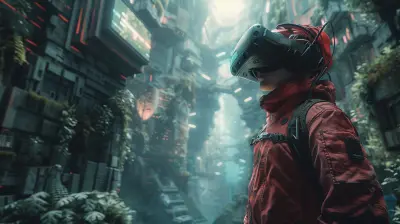Exploring Virtual Museums and Galleries Through VR Gaming
3 June 2025
Imagine walking through the dimly lit hallways of the Louvre, standing in awe before the Mona Lisa, or marveling at the massive skeleton of a Tyrannosaurus rex in a natural history museum, all without ever leaving your living room. Sounds like something out of a sci-fi movie, right? But it's not. Thanks to the magic of Virtual Reality (VR), you can now tour museums and galleries from around the world, all while wearing your favorite sweatpants.
VR gaming is no longer just about shooting aliens or solving puzzles; it's opening the door to a brand-new way of connecting with art, history, and culture. So grab your headset, tighten those straps, and let’s dive into how virtual museums and galleries are reshaping the way we experience human creativity and knowledge.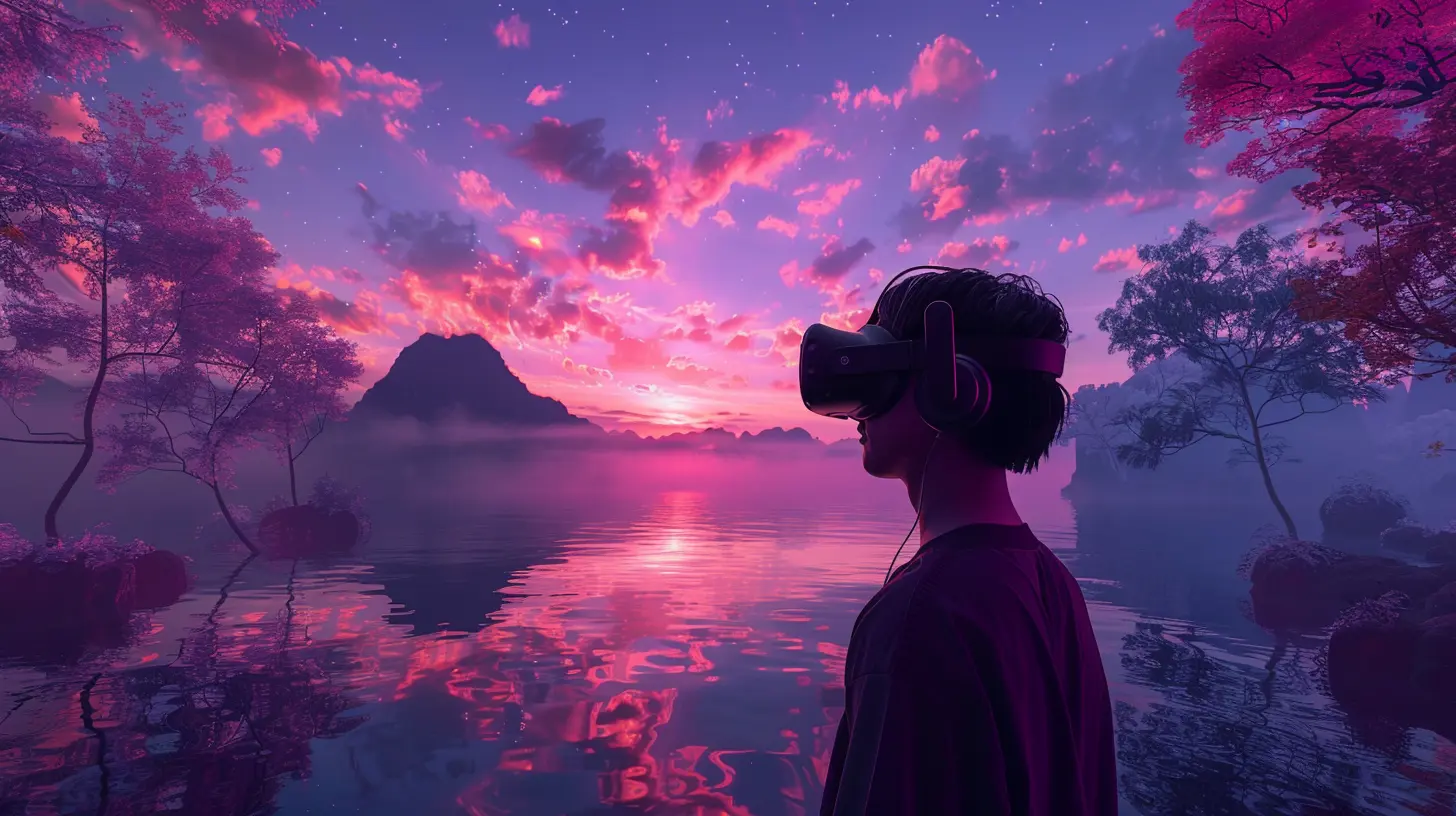
The Intersection of Art and Technology
VR gaming has been a game-changer (pun totally intended) in so many ways, and the world of arts and culture isn’t an exception. Traditionally, we’ve associated VR with action-packed gaming or adventurous fantasy worlds, but developers are stepping up their game. They're creating digital replicas of iconic museums and galleries, allowing us to wander around exhibits in immersive, jaw-dropping 3D.Why is this such a big deal? Well, think about it—how many of us actually get the chance to fly to Paris to visit the Louvre or to New York to see The Met? Travel is expensive, time-consuming, and, let’s be honest, sometimes exhausting. But with VR, you don’t need a plane ticket. You have everything right there in your headset.
And it’s not just about convenience! VR lets you get closer to these exhibits than you ever could in real life. You can examine the delicate brushstrokes on Van Gogh's "Starry Night" or explore ancient artifacts from every angle—all without worrying about guards shooting you death stares for getting too close. 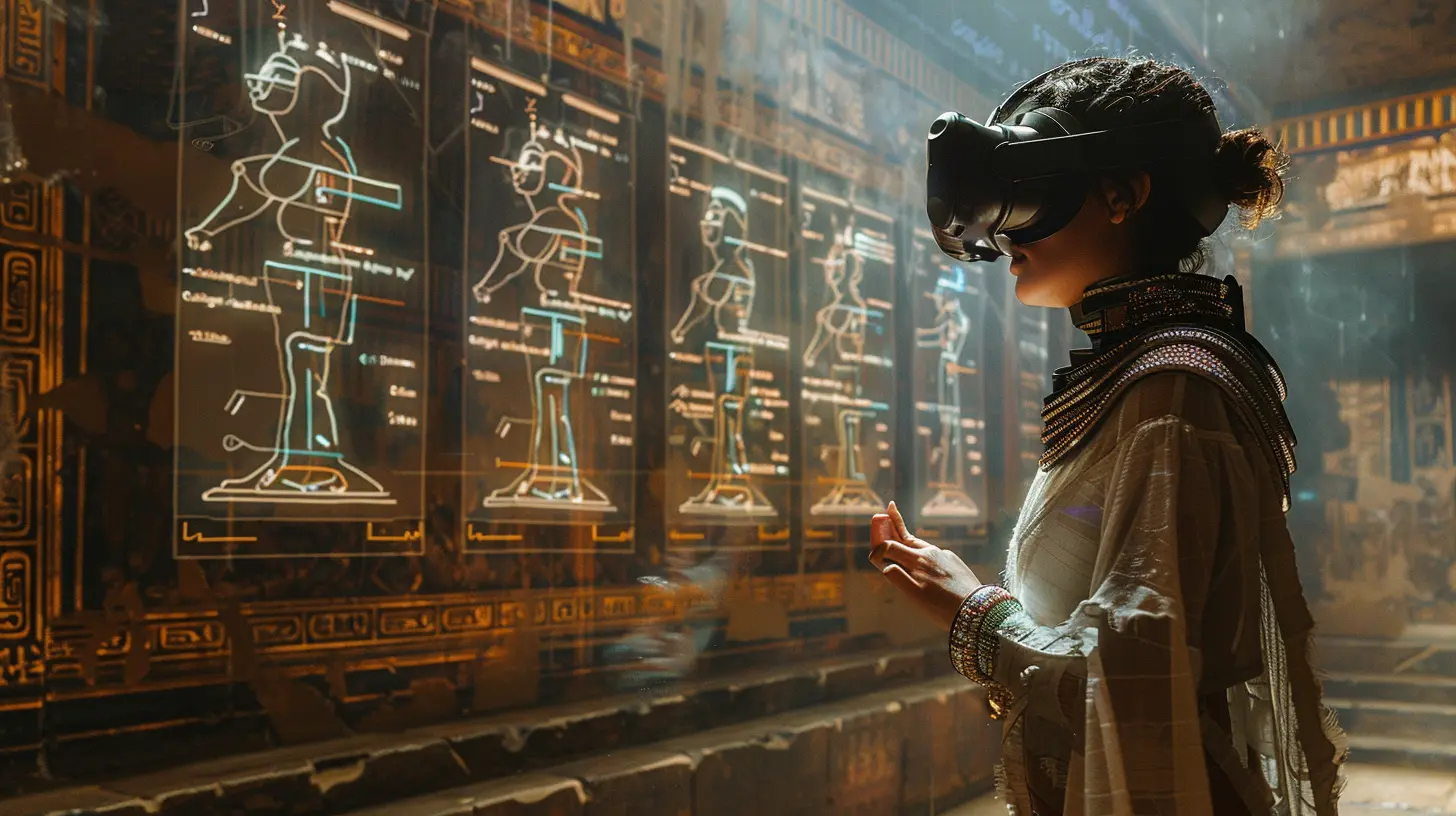
Breaking Down Barriers: Accessibility and Inclusivity
Let’s face it: the traditional museum experience isn’t always accessible to everyone. Whether due to physical disabilities, financial barriers, or geographical distance, a lot of people simply can’t visit these cultural landmarks. And that’s where VR swoops in like a superhero in a digital cape.VR museums and galleries are leveling the playing field. People with mobility issues can now "walk" through exhibits. Art lovers in small towns can visit world-renowned institutions without leaving home. Even schools with limited budgets can take kids on virtual field trips. It’s the democratization of culture, and honestly, it’s about time.
But wait, it gets better. Some VR platforms even include features like access to sign language guides or descriptive audio for visually impaired users. Technology isn’t just bridging the gap; it's smashing it to pieces.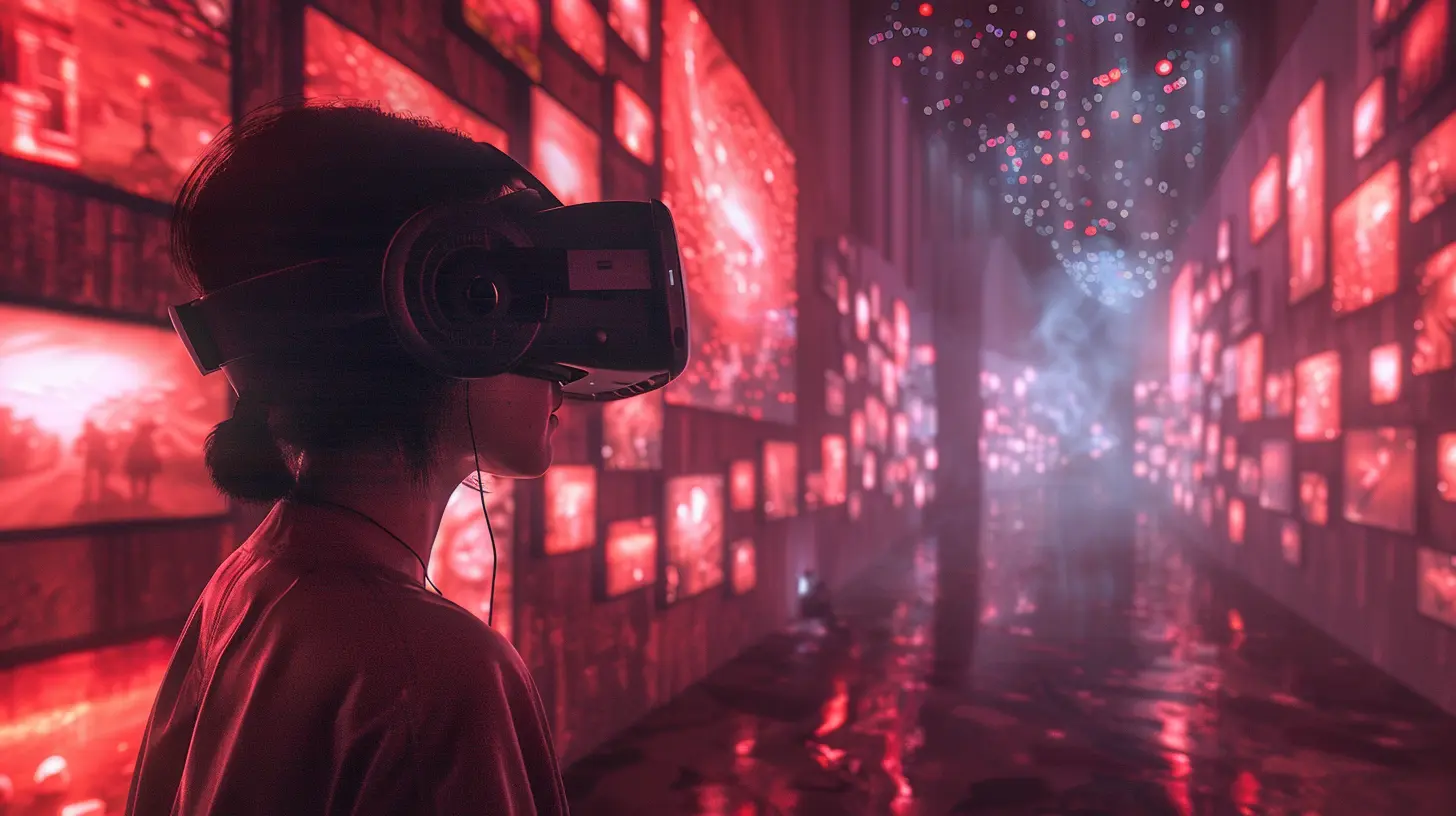
How Gaming Enhances the Museum Experience
Okay, here’s where it gets really fun. VR gaming is adding an element of interactivity that traditional museums can’t match. Instead of just walking through galleries and passively soaking in the exhibits, you can actually interact with them.Imagine this: you’re standing in front of a medieval suit of armor. In real life, you’d squint at the tiny information card, maybe take a photo, and move on. But in VR? You could pick up the sword, inspect the intricate designs, or even witness a holographic knight demonstrating how it was used in battle. Who wouldn’t want to see that?
Some platforms are even gamifying the museum experience. You could take part in a scavenger hunt through an ancient Egyptian tomb, play a trivia game to unlock secret exhibits, or solve puzzles to uncover hidden artifacts. It’s like Indiana Jones: The Home Edition. Who needs Netflix when you’re basically starring in your own interactive history adventure?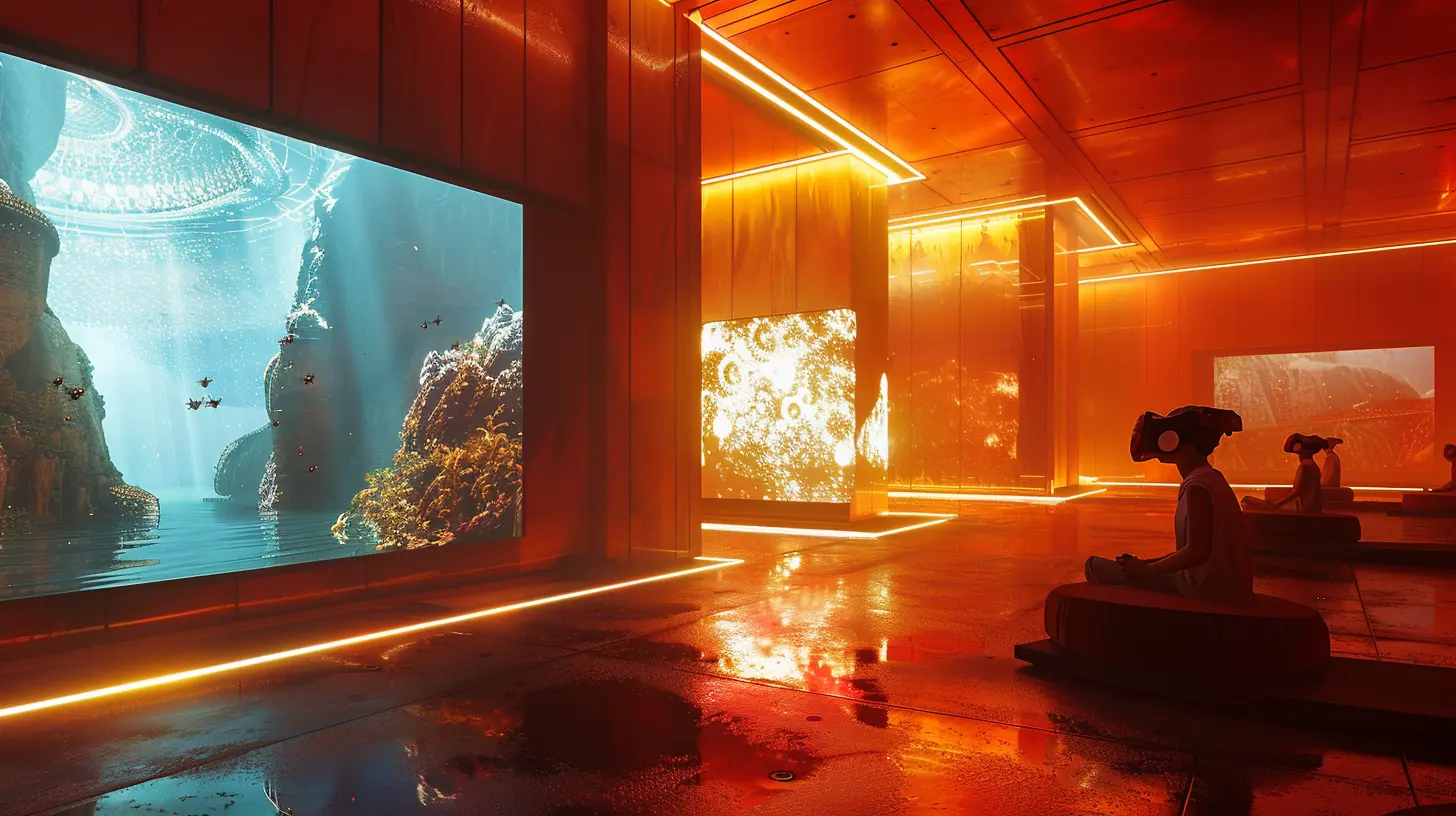
Top VR Platforms for Museum and Gallery Visits
So, what are some of the best VR platforms to satisfy your inner culture vulture? Here are a few worth checking out:1. Google Arts & Culture VR
This one’s a classic. Google has partnered with thousands of museums and galleries worldwide, offering virtual tours that are both stunning and educational. The experience is more like quietly wandering through a library mixed with an art gallery—perfect for those calm, introspective moments.2. The British Museum in VR
If your jam is ancient history, you’ll love this. From Egyptian mummies to Greek sculptures, you can virtually explore some of the British Museum’s most iconic exhibits. Pro tip: Keep your eyes peeled for special VR-exclusive content like recreations of ancient locations.3. The VR Museum of Fine Art
This platform focuses on high-resolution models of classic artwork. It’s like having an art gallery in your pocket, except instead of your pocket, it's in your VR headset. You can even interact with some pieces to learn about their backstories.4. Oculus Venues
Oculus Venues is venturing into the realm of live events, but they also offer museum exhibits and gallery showcases. It’s like a real museum experience but with the added bonus of sharing the space with other VR users—it’s social without the struggle of small talk.The Future of Virtual Museums and Galleries
Here’s a hot take for you: VR is just the beginning. Imagine a world where AI curators personalize your museum experience based on your interests or where augmented reality (AR) adds interactive layers to real-life museum visits. Picture historical figures coming to life in VR to serve as your personal tour guides.We’re not far from having fully immersive, multi-sensory experiences where you can not only see and hear exhibits but also feel textures and smell scents. Want to step into the shoes of an artist like Frida Kahlo and learn about her struggles and triumphs while standing inside one of her paintings? Yeah, that’s where this is heading.
Challenges and Considerations
Of course, no technology is without its challenges. Not everyone has access to a VR headset, and even fewer have access to the high-end systems needed for more intensive programs. Plus, let’s not forget the inevitable technical glitches. Ever tried enjoying the Sistine Chapel in VR only to have your headset crash mid-tour? Frustrating, right?There’s also the argument that a virtual experience can never fully replicate the sense of awe you feel when standing in front of a real masterpiece. And honestly, that’s fair. But does that mean VR can’t complement real-life visits? Absolutely not. It’s like streaming concerts online versus attending them in person—they’re different, but both have their value.
Final Thoughts: Is This the Future of Cultural Exploration?
Virtual museums and galleries are more than just a trend—they’re a glimpse into the future of cultural exploration. Whether you're an art aficionado, a history buff, or just someone who wants to try something new, VR opens up possibilities you never knew existed. It’s not about replacing the traditional experience; it’s about enhancing it, making it more accessible, and, let’s admit it, way cooler.So, the next time someone tells you gaming is a waste of time, just slide on your VR headset and take a leisurely stroll through the halls of the Smithsonian. Trust me, there’s no better comeback.
all images in this post were generated using AI tools
Category:
Virtual RealityAuthor:

Leif Coleman
Discussion
rate this article
3 comments
Erin McKellar
Who needs a museum membership when you can stroll through virtual galleries in your PJs? Just remember, no touching the exhibits—unless you count the virtual snacks! With VR, art appreciation has never been so comfy. Let the couch-tourism begin!
June 9, 2025 at 4:14 PM

Leif Coleman
While virtual galleries offer convenience and comfort, they can't fully replicate the immersive experience and emotional connection of visiting a physical museum. Each has its unique value!
Talis McGinn
This article offers a compelling look at the intersection of VR gaming and cultural exploration. The potential to experience museums and galleries in an immersive way is truly exciting. I appreciate the insights shared here and look forward to seeing how this technology continues to evolve in the gaming landscape.
June 9, 2025 at 2:45 AM

Leif Coleman
Thank you for your thoughtful comment! I'm glad you found the insights intriguing and share the excitement for the future of VR in cultural exploration.
Tatianna Wolfe
Step into history—experience art like never before!
June 8, 2025 at 3:02 PM

Leif Coleman
Thank you! Virtual reality truly revolutionizes our connection with art and history, offering immersive experiences like never before.



